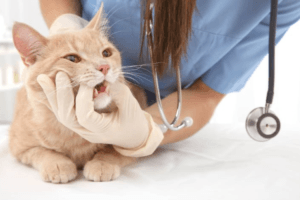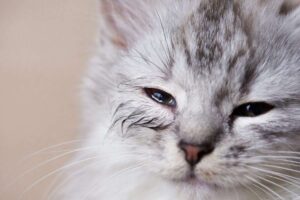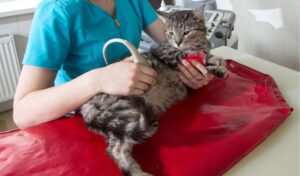Dark Yellow Urine in Cats: Causes, Symptoms, and Treatment
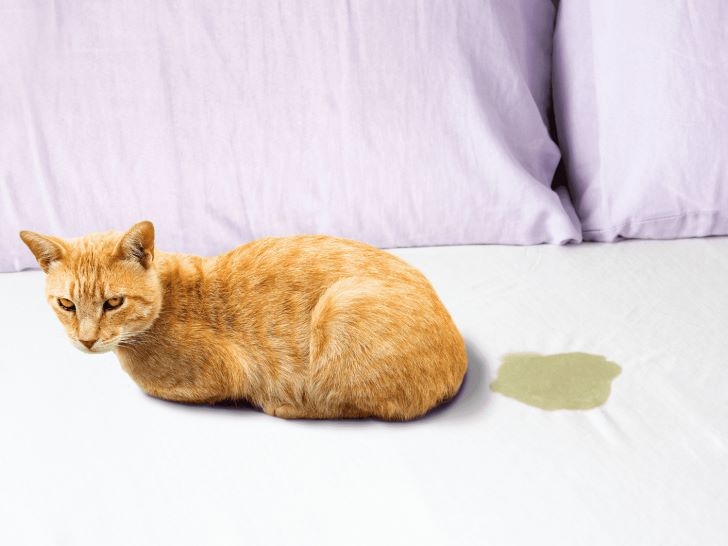
As a cat owner, you may become concerned if you notice that your furry friend’s urine is darker than usual. Dark yellow urine in cats can be a sign of various underlying health problems. This article will provide an in-depth analysis of the causes, symptoms, and treatment options for dark yellow urine in cats.
What Color should Cat Urine be?
The color of a healthy cat’s urine should be a light, pale yellow. This indicates that the cat is properly hydrated and their kidneys are functioning properly. Dark yellow urine can indicate dehydration or a potential health issue, while brown, red, or orange urine can indicate a more serious medical problem and should be evaluated by a veterinarian immediately.
Additionally, if the urine appears cloudy or has a strong odor, it may also indicate a health issue and should be checked by a vet.
Shown below is a chart which you can use to determine what normal urine should look like. Fun fact, this applies to both humans and cats.

Causes of Dark Yellow Urine in Cats
There are several reasons why your cat’s urine may appear dark yellow. These include dehydration, diet, urinary tract infections, and liver diseases.
Dehydration:
Dehydration is the most common cause of dark yellow urine in cats. When a cat doesn’t consume enough water, their urine becomes concentrated, leading to a darker color. This can occur due to various reasons, such as kidney disease, vomiting, diarrhea, or lack of access to clean water.
Diet:
Diet can also play a role in the color of your cat’s urine. Diets that are high in protein and low in moisture content can lead to dark yellow urine. This is because high protein diets produce more waste products that the kidneys have to filter out.
Urinary Tract Infections:
Urinary tract infections (UTIs) can cause dark yellow urine in cats. UTIs occur when bacteria enter the urinary tract and infect the bladder, urethra, or kidneys. UTIs can cause other symptoms such as frequent urination, straining to urinate, and blood in the urine.
Liver Diseases:
Liver diseases such as hepatic lipidosis or jaundice can cause dark yellow urine in cats. This is because when the liver is not functioning correctly, bilirubin builds up in the bloodstream, leading to the yellow coloration.
Struvite crystals:
These crystals are formed from magnesium, ammonium, and phosphate, and can accumulate in the urinary tract, causing discomfort and irritation to the cat. Struvite crystals can form as a result of various factors, including a diet high in magnesium, low water intake, and urinary tract infections. Cats with struvite crystals may show symptoms such as pain during urination, frequent urination, and blood in the urine. If left untreated, struvite crystals can lead to urinary blockages, which can be life-threatening.
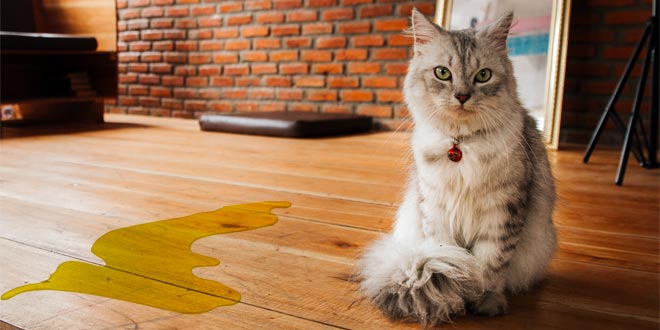
Symptoms of Dark Yellow Urine in Cats
In addition to the color of the urine, cats may exhibit other symptoms that indicate a problem. These symptoms include lethargy, loss of appetite, vomiting, increased thirst, and changes in urination habits.
Lethargy:
Cats that are dehydrated or have an underlying medical condition that is causing dark yellow urine may become lethargic or less active than usual. They may show a lack of interest in activities that they usually enjoy.
Loss of Appetite:
If your cat has dark yellow urine and is also experiencing a loss of appetite, it could indicate that they are suffering from a health condition that requires medical attention. Cats who are experiencing a loss of appetite may also become weak or lose weight.
Vomiting:
Dark yellow urine may also be accompanied by vomiting. This is often a sign of dehydration, which can be caused by a lack of water intake or a medical condition. However, vomiting can also be a symptom of other health issues such as infection or ingestion of toxic substances.
Increased Thirst:
If your cat is drinking more water than usual, it could be a sign of dehydration or an underlying health condition. Increased thirst may also be a sign of kidney disease, hyperthyroidism, or diabetes.
Changes in Urination Habits:
Dark yellow urine can also be a sign that your cat is experiencing changes in their urination habits. This could mean that they are urinating more frequently, straining to urinate, or having difficulty urinating. In some cases, your cat may urinate outside of their litter box or show signs of pain while urinating.
For reference, Healthy cats typically pee between 2 and 4 times each day.
Painful Urination:
In some cases, dark yellow urine in cats may be a sign of painful urination. This could be caused by a urinary tract infection, bladder stones, or other underlying health conditions. If your cat seems to be in discomfort while urinating or is vocalizing during urination, it’s important to seek veterinary care.
Jaundice:
Dark yellow urine in cats can also be a symptom of jaundice. Jaundice is a condition that occurs when there is an excess of bilirubin in the blood, which can cause yellowing of the skin and eyes in addition to dark yellow urine. This condition can be caused by liver disease, gallstones, or other underlying health conditions and requires medical attention.
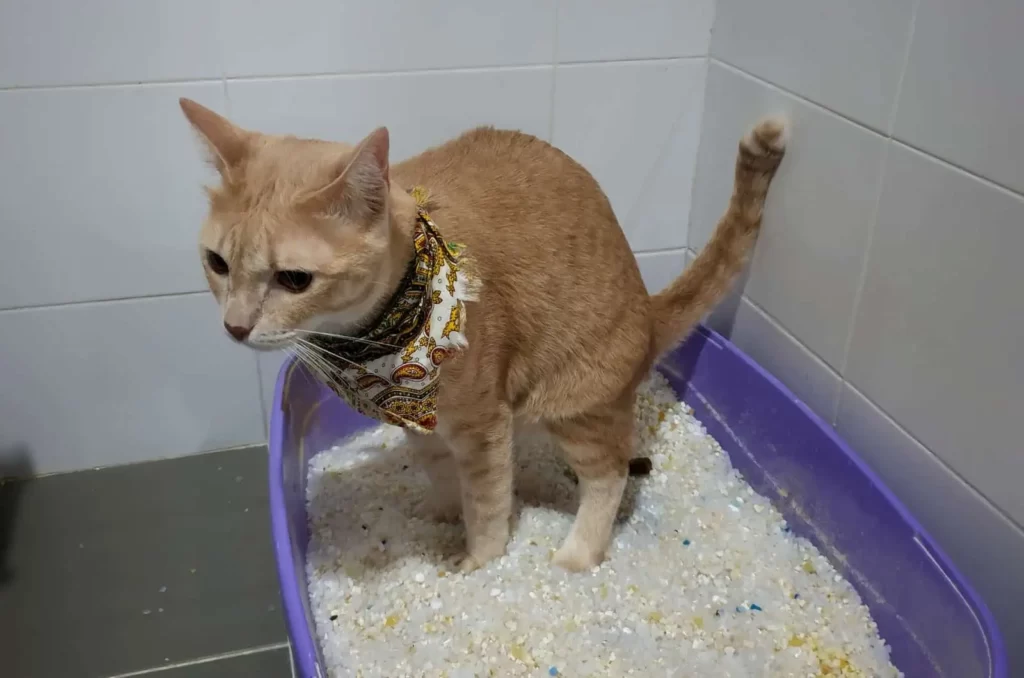
Treatment Options for Dark Yellow Urine in Cats
Dark yellow urine in cats can be a sign of an underlying medical issue that needs immediate attention. In order to treat it effectively, it is important to identify the root cause. There are several treatment options available, depending on the underlying condition.
- Hydration Therapy
If dehydration is the cause of dark yellow urine in your cat, providing them with plenty of fresh water can help resolve the issue. Encouraging your cat to drink more water can also help improve their overall health and prevent future occurrences of dehydration.
- Antibiotics for Urinary Tract Infections
Urinary tract infections are a common cause of dark yellow urine in cats. In such cases, antibiotics can be prescribed to help clear up the infection. It is important to consult a veterinarian before administering any antibiotics, as the wrong dosage or type of antibiotic can worsen the condition.
- Treatment for Liver Diseases
Liver diseases can also cause dark yellow urine in cats. Treatment may involve dietary changes or medication to support liver function. If your cat has been diagnosed with liver disease, it is important to follow the veterinarian’s instructions closely and ensure that they are receiving proper nutrition.
There are many liver-friendly homemade foods that you can prepare for your cat, that are both cost effective and easy to prepare.
- Diet-Related Issues
Certain diet-related issues can also cause dark yellow urine in cats. Switching to a higher moisture content food can help resolve the issue. In addition, feeding your cat a balanced and nutritious diet can help improve their overall health and prevent future occurrences of dark yellow urine.
When to Seek Veterinary Attention
If your cat has dark yellow urine and is exhibiting any of the symptoms mentioned above, it’s important to seek veterinary attention immediately. Early intervention can help prevent serious health complications and ensure that your cat receives prompt treatment.
Conclusion
In conclusion, dark yellow urine in cats can be a symptom of various underlying health problems. Understanding the causes, symptoms, and treatment options can help cat owners identify when their furry friend needs veterinary attention.
If you notice your cat’s urine is dark yellow and they are exhibiting any of the accompanying symptoms, it’s important to seek veterinary care immediately.
Treating the underlying condition promptly can prevent serious health complications and ensure that your cat receives the necessary treatment. Encouraging your cat to drink more water, providing a balanced and nutritious diet, and following the veterinarian’s instructions closely can help improve your cat’s overall health and prevent future occurrences of dark yellow urine.
